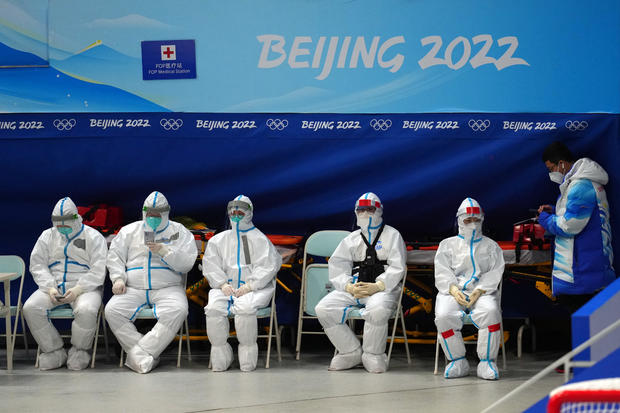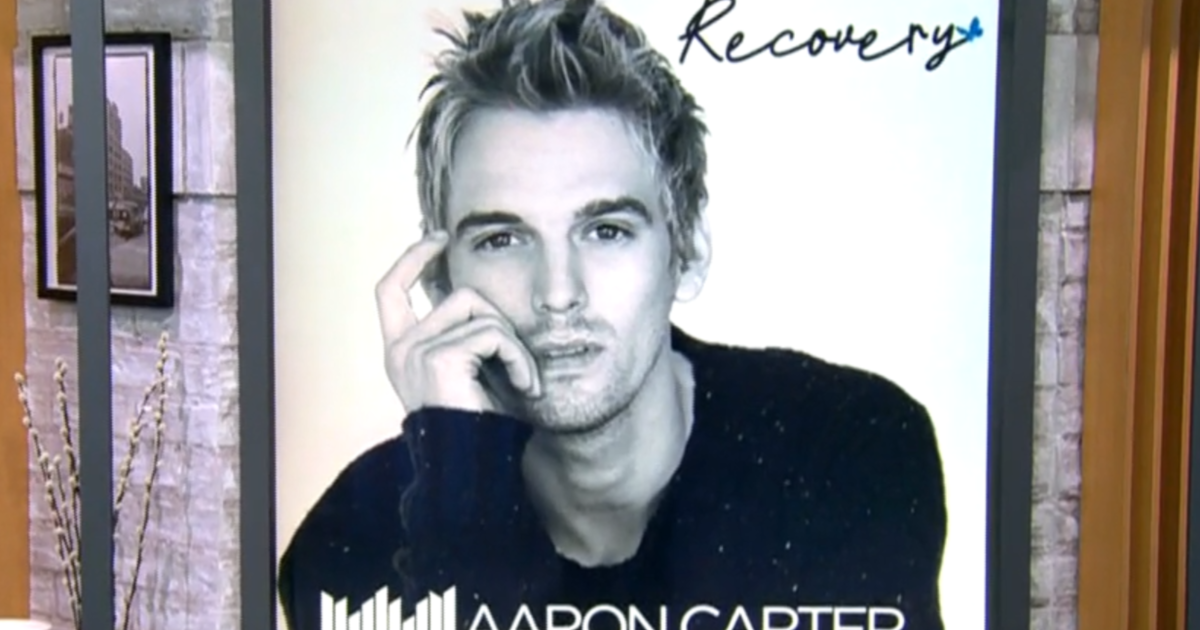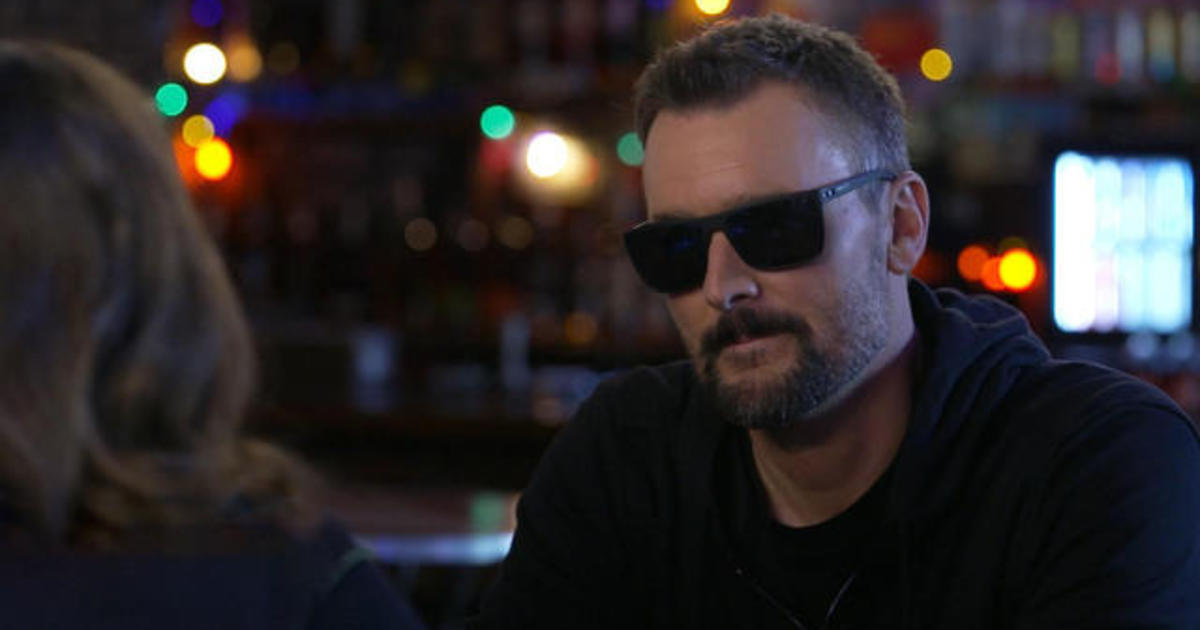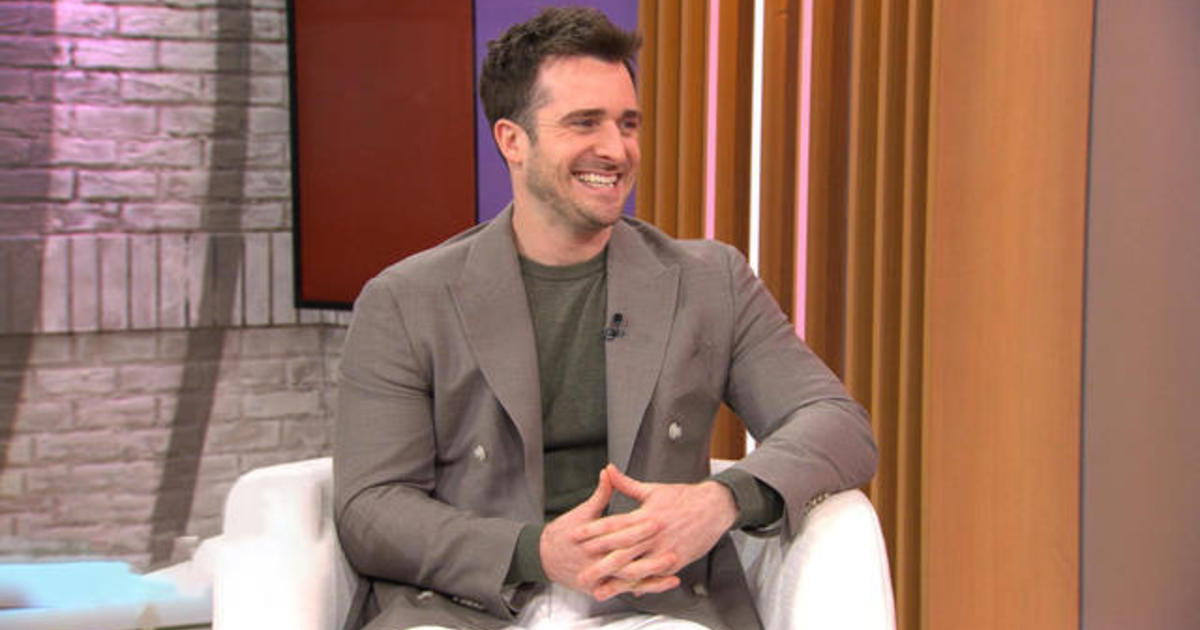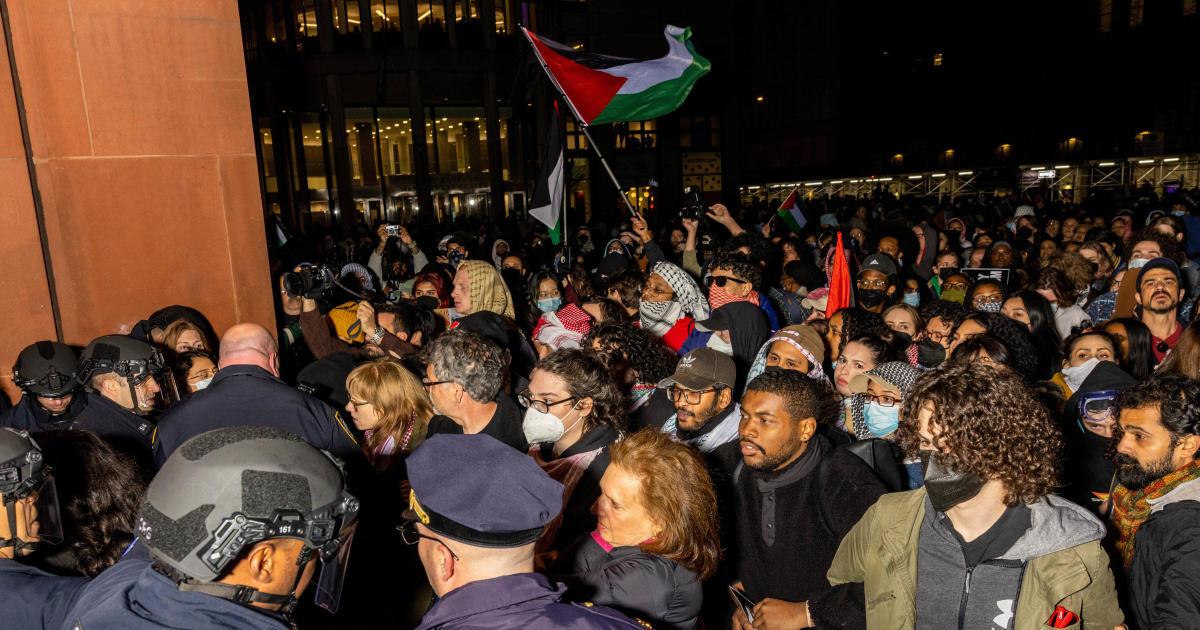Navigating the Beijing Winter Olympics' strict COVID rules for athletes and attendees
It's been a long road to the 2022 Winter Olympics — no one knows that better than the athletes and supporters attending the Games.
Ahead of Friday's opening ceremony, they have had to take serious precautions to deal with concerns about COVID-19.
Getting to the Games required a series of invasive tests and two weeks of health monitoring using a Chinese-created mobile app.
The negative test results and other health data had to be uploaded and reviewed by Chinese organizers. Once the tests were approved, attendees could board their flights to take them to the "Beijing Bubble." Those flights are separate from the ones the athletes take.
Nicole Silveira, a member of Brazil's skeleton team, said the past few months have been anxiety-filled.
"The last two months specifically have been even harder, just trying to just hide from COVID. We knew we qualified, but we couldn't really celebrate," Silveira told CBS News' Jamie Yuccas.
Temperature checks are taken on and off the plane. Airport greeters in full PPE garb escort attendees through a series of health checks and throat swabs. A failure here and it could mean days of isolation.
"I think I had to do five tests before I could even get on the plane. So it was always like a real tense moment, you didn't know what the outcome was going to be. But now that we are actually here, it's absolutely amazing," Shanwayne Stephens of the Jamaican bobsled team said after she arrived in Beijing.
The airport testing has proven to be where most of the positive cases have been detected. American bobsledder Elana Meyers Taylor later tested positive and is now isolated from her 1-year-old son who traveled alongside her.
Dr. Brian McCloskey, who chairs the medical panel advising the Beijing organizers, said it's a three-tiered approach.
"The testing process gradually takes people out of the system — so the pre-departure testing, the airport testing, and then the daily testing in the closed loop. At each of those levels, people who might be coming in infectious are identified," he said. "By the time we get into the closed loop, it's a very low level of people testing positive."
The closed loop, also known as "the bubble," secures buses to and from athletic venues, hotels and workspaces. Plexiglass separates workspaces and dining tables, and robots clean the floors and serve meals. There is no contact with anyone from mainland China, and more testing is also conducted.
Many athletes consider it a "win" just to get past the battery of tests and pre-competition challenges.
"I don't like the tests any more than I did the first time, but we feel super safe here, just with everything involving COVID. I'm super grateful that these games can still happen," said Vicky Persinger, a member of the U.S. curling team.
